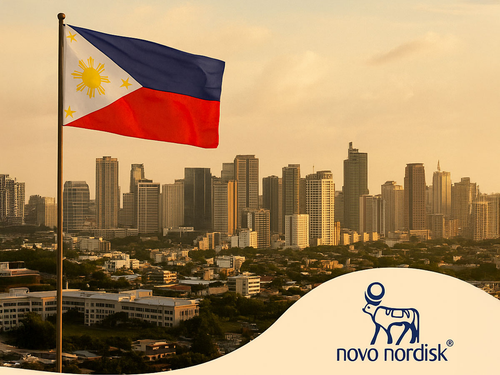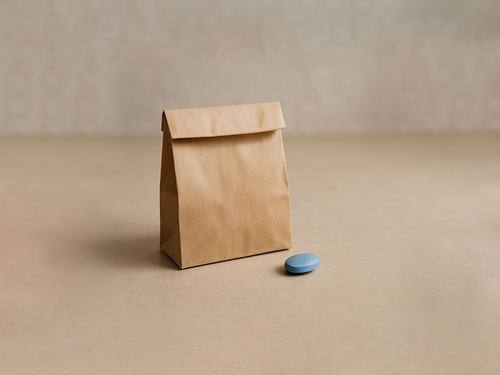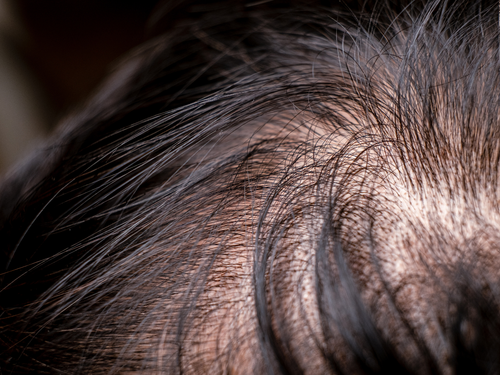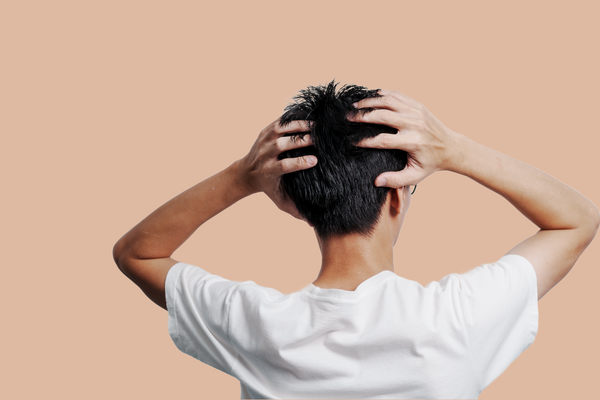Your First Month of Weight Loss by Andyou: What to Expect

Embarking on a weight-loss journey can feel exciting, overwhelming, and sometimes a bit intimidating, especially during the initial weeks. With professional guidance and evidence-based methods, you can stay supported throughout your journey. Tailored specifically for Filipinos aiming for sustainable, healthy weight loss. But what exactly can you expect during your first month?
Week 1: Adjusting to New Habits
During your first week, your body will start adapting to healthier dietary choices and increased physical activity. Initially, you may experience changes like:
-
Slight fatigue or mild headaches as your body adjusts
-
Increased motivation as you embrace a structured, professional-supported plan
-
Early signs of weight loss, often primarily from reduced water retention
Your gut health may begin to rebalance, especially if you've reduced processed food and increased fiber intake. According to Harvard Health, this shift can contribute not just to digestion, but also to energy levels and mood.
This week is also an excellent time to learn proper portion control, a concept often overlooked in Filipino households. Instead of completely eliminating staple foods like rice, learning how to balance them with vegetables and protein can make your plan more sustainable long-term.
Week 2: Building Consistency
In the second week, consistency is key. This is when your new habits start becoming routine:
-
You'll likely notice your energy levels stabilizing
-
Sleep quality often improves significantly
-
Early measurable weight loss (around 0.5 to 1 kg per week) becomes apparent
You may also find your cravings changing. As blood sugar levels even out, the frequent desire for snacks or sugar tends to decrease. This is a sign your metabolism is adjusting and becoming more efficient.
Try experimenting with new meals. Filipino dishes like sinigang or tinola can be made healthier with lean protein and more vegetables. These small but meaningful tweaks can prevent boredom and help you stick to the plan.
Week 3: Noticing Visible Changes
By the third week, visual cues become more noticeable:
-
Clothes fitting slightly looser
-
Improved digestion and reduced bloating
-
Increased confidence as your commitment begins to visibly pay off
This is also when people begin asking what you’re doing differently. That kind of external validation can be powerful, but it’s more important to focus on internal wins—like being more energized or feeling mentally clearer.
At this point, many users benefit from revisiting their weight loss quiz to track their goals and make sure they’re still aligned with their program.
Week 4: Establishing Long-Term Habits
As you complete your first month, you begin laying the groundwork for long-term health:
-
Your dietary changes become second nature
-
Regular movement becomes part of your lifestyle
-
Weight loss typically ranges from 1.5 to 4 kg depending on adherence, body type, and lifestyle
It’s also helpful to reflect on your emotional relationship with food. Keeping a food diary or journaling about moments of temptation, stress, or success can give you powerful insights to carry forward.
This is also the time to evaluate any mental shifts—are you seeing food differently? Have emotional eating triggers reduced? If not, additional guidance from expert-led blog posts like this one can help you stay on track.
Managing Expectations: Realistic Results
Everyone's weight loss experience is different. Metabolic health, hormone levels, sleep quality, and stress all play a role. It’s common to feel discouraged if results aren’t as fast as expected—but slow, consistent progress is the most sustainable.
If you are prescribed a GLP-1 medication for weight management, consult your healthcare provider for guidance on expected timelines and outcomes
Hormones and Weight Loss
Many Filipinos are surprised to learn that hormone imbalances—like insulin resistance or elevated cortisol can hinder weight loss. According to the Mayo Clinic, proper sleep, stress management, and even vitamin D levels all influence hormone balance.
A holistic approach to weight management addresses nutrition, exercise, mental health, and hormonal balance
Common Challenges and Practical Solutions
Cravings and Hunger
Your body might still be adjusting to new eating patterns. Instead of eliminating snacks entirely, try nutrient-dense options like Greek yogurt, boiled eggs, or banana with peanut butter. As Johns Hopkins Medicine notes, keeping blood sugar steady helps reduce hunger spikes.
Weight Plateaus
This happens when your metabolism adapts to the new intake. Don’t panic—reassess your calorie consumption or increase daily movement slightly. You may benefit from discussing progress and adjustments with a qualified healthcare professional or nutrition expert.
Social Settings
In the Philippines, many gatherings revolve around food. If you're attending a fiesta or birthday, eat a high-protein meal beforehand to reduce temptations. Bring your own water bottle, and politely decline seconds.
You may also want to plan your meals around social events. For example, if you know you’re going out in the evening, opt for a lighter breakfast and lunch, focusing on protein and fiber.
Lifestyle Enhancements to Maximize Progress
-
Hydration: Aim for 8–10 glasses of water a day. Dehydration often masks itself as hunger.
-
Movement: Short walks after meals improve insulin sensitivity.
-
Sleep Hygiene: Prioritize consistent sleep—7–9 hours—as poor sleep impairs fat loss.
-
Tracking: Use a food and mood journal to track what triggers overeating.
These behavioral tactics are small changes that produce large long-term rewards. They align with principles from evidence-based strategies outlined in the CDC's guidelines on healthy weight loss.
Mindset Shifts and Motivation
Staying motivated isn’t always about the number on the scale. Try shifting your focus to non-scale victories like:
-
Having more energy to play with your kids
-
Feeling less bloated after meals
-
Noticing clearer skin or improved digestion
Write these wins down or take photos along the way. Many andyou.ph members find visual documentation—like side-by-side progress pictures—more motivating than weighing themselves daily.
Transitioning Into Month Two
At the end of your first month, you're not just lighter—you’re more informed, more resilient, and more in tune with your body. This is when you can confidently increase intensity, explore prescription support, or try new fitness routines.
Most importantly, you’ve developed the skill of intentionality—the ability to make mindful, empowered choices, even during tough moments.
Next Steps
One month down, a lifetime of better health ahead. Your journey doesn’t end here—it builds. Continuing your journey with professional guidance and credible resources can help you maintain healthy habits for the long term.
Explore credible, science-based health and wellness programs available in the Philippines, and always consult a licensed professional before starting any new plan

Explore More Guides and Articles You'll Love
Explore our latest guides and articles to help you learn more about the latest trends in the industry.
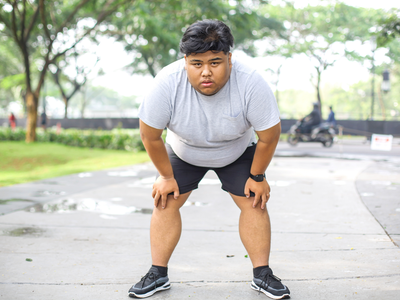
Why Filipinos Struggle to Lose Weight Even With Exercise and What to Do About It
Many Filipinos spend hours exercising each week but still find their weight barely changing.

The Hidden Role of Sleep in Filipino Weight Loss Journeys
Many Filipinos try every workout plan and diet trend, yet still struggle to lose weight.
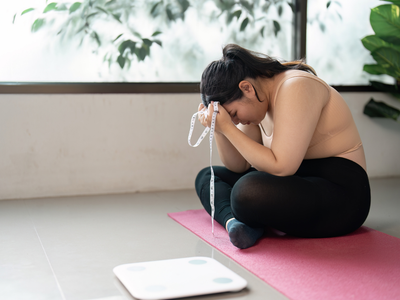
Staying Consistent During Weight Loss Burnout
Weight loss is not only about exercise and diet.

